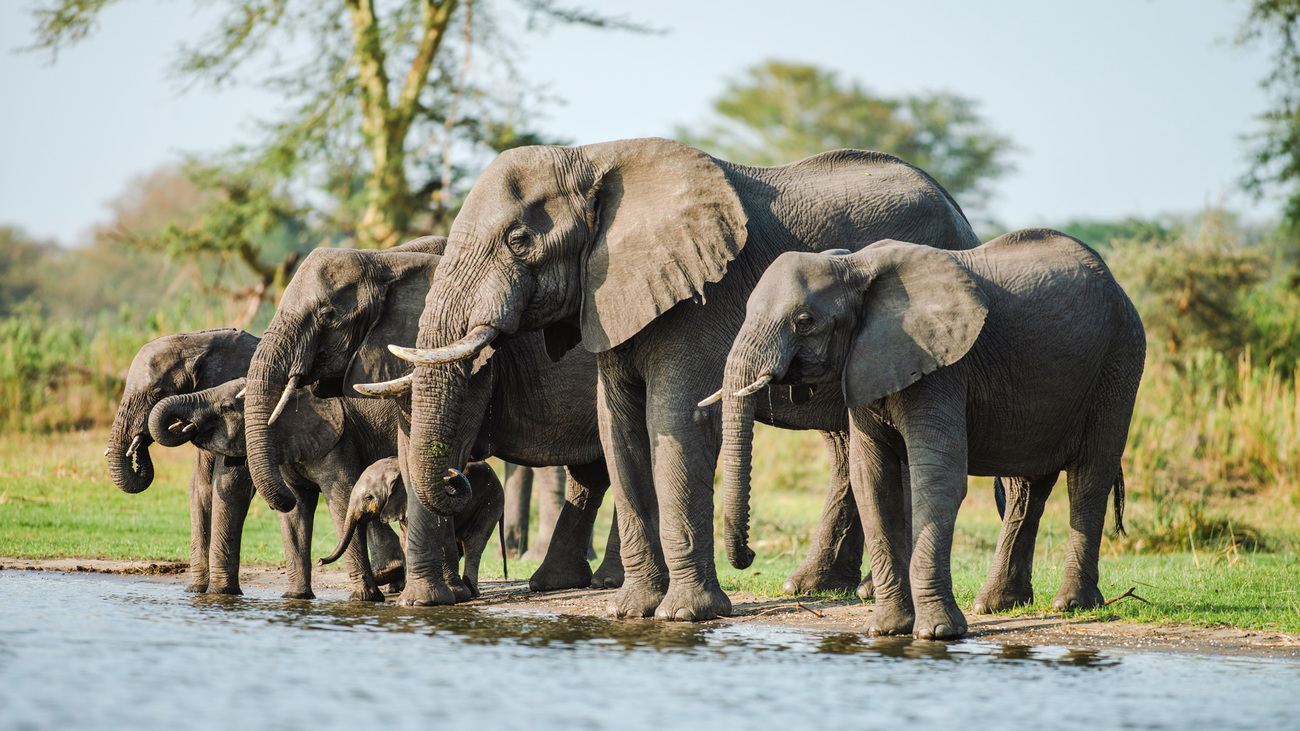let’s make nature conservation profitable
let’s make nature conservation profitable

Biodiversity has never been higher on the political agenda. World leaders have finally succeeded in reaching an agreement to bring 30% of the planet under protection by 2030—a fantastic goal and, at the same time, a huge challenge whose "how" remains quite unclear. If we are to stand a chance of achieving this goal, we will need large-scale global cooperation, not only from governments but also from businesses.
closing the nature financing gap
Conservationists have been fighting a difficult battle for decades with inadequate funding. The world spends around $124–$143 billion US dollars per year on economic activities benefiting nature. However, the same world spends hundreds of times more on activities that damage nature. Literally, the world is upside down. Climate and nature reports continue to reveal the destructive consequences, including an unprecedented loss of biodiversity and a subsequent sharp increase in natural and climate-related disasters.
There is a significant gap between current financing of conservation efforts and the actual funding needed to manage and save that biodiversity. Estimated at more than $700 billion US dollars per year, we must close the financial gap to make the conservation of nature and biodiversity a reality. To close this gap, we must make protecting nature as commercially attractive as destroying it.
Currently, many companies and investors donate money to conservation NGOs. Donations support mission-driven work to make an impact, but often with a personal agenda and short-term expectations. Whereas investments can create a steady revenue stream, with the freedom to scale up, expand, and make long-term plans, thus having more impact.
the business of conservation
Companies like Patagonia, Ecosia, and EarthToday are examples of “for-purpose” ventures that use a commercial model for the benefit of a good cause. EarthToday was heavily criticized in the media earlier this year. Remarkably, the public debate that followed was not about the crucial question of whether EarthToday's business model can accelerate nature conservation, but whether people should be allowed to earn money from doing good at all.
EarthToday divides the natural world, land, and ocean into square meters. It allows individuals and businesses to help protect nature for €1.20 per square meter. Of every €1.20 that comes in, one euro goes to nature conservation, 4 cents goes to taxes, and 16 cents stays with EarthToday to contribute to scaling the model worldwide.
IFAW is among the conservation partners receiving income from EarthToday. This money is used to protect and expand a beautiful piece of savannah on the border of Kenya and Tanzania, as part of our Room to Roam initiative. We preserve this landscape, which is vital to elephants, lions, and countless other animal species, through 2,800 individual land lease agreements with the local Maasai community. These agreements help shield the land from destructive commercial interests, which is in the interest of both wildlife and the indigenous community.
We must harness the potential and power of the private sector—at a reasonable return on investment—to protect our planet. Embracing business models that help preserve and protect nature represents a broader change in the way we make and spend money and therefore requires a paradigm shift among the public. Protecting our planet should be a collective obligation rather than the responsibility of charitable organizations reliant on donations. This requires us to build a global economy centered on supporting nature, where the idea of profiting from protecting nature is no longer an unsavoury idea.
Related content
Every problem has a solution, every solution needs support.
The problems we face are urgent, complicated and resistant to change. Real solutions demand creativity, hard work and involvement from people like you.